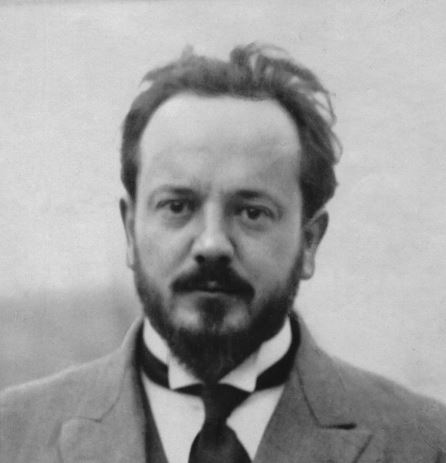
- 7 clarence grove
- horsforth
- leeds, LS18 4LA
- UK
- tel: 0113 258 1300
- order online
- www.editiondb.com
- info@editiondb.com
Georges Migot
Georges Elbert Migot (1891–1976) was primarily known as a prolific French composer but he was also a poet, often integrating his poetry into his compositions, and an accomplished painter.
In 1909, he entered the Paris Conservatory and studied with Charles-Marie Widor, Alexandre Guilmant, Louis Vierne and Vincent d'Indy. He was passionate about Renaissance and Baroque lute players and composers, with François Couperin and Jean-Philippe Rameau becoming important sources of inspiration.
He received several awards, including the Prix Lili Boulanger (1917), the Prix Lépaulle (1919), the Prix Halphen (1920) and the Prix Blumenthal (1921). However, he twice failed to win the Prix de Rome (in 1919 and 1922), and decided not to run again. He also studied painting, and his talent as a painter was showcased at several exhibitions in Parisian galleries in 1917, 1919 and 1923. He also wrote the libretti of many of his vocal works.
It is not easy to assess the prolific work of Georges Migot. He is credited with choosing difficult paths and rejecting banal solutions. Impenitently self-taught, some critics reproached him for having come to music through painting. As a musician, he knew how to translate the subtle play of colours with the help of sounds.
These two intriguing pieces are published here for the first time.

Georges Migot 1922